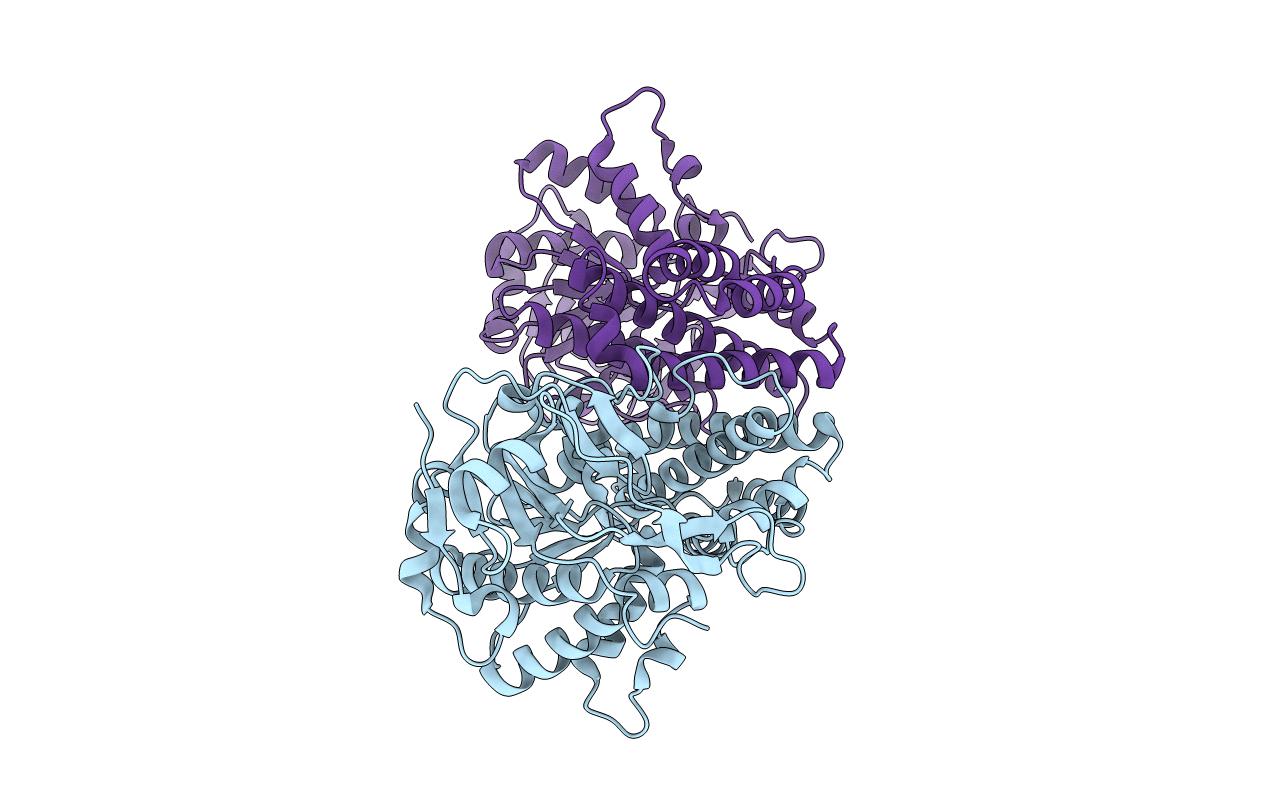
Deposition Date
2020-06-09
Release Date
2021-02-17
Last Version Date
2024-10-30
Entry Detail
PDB ID:
6XCS
Keywords:
Title:
Erythromycin esterase mutant EreC H289N in its open conformation
Biological Source:
Source Organism:
Klebsiella pneumoniae (Taxon ID: 573)
Host Organism:
Method Details:
Experimental Method:
Resolution:
2.40 Å
R-Value Free:
0.28
R-Value Work:
0.24
R-Value Observed:
0.24
Space Group:
C 1 2 1


